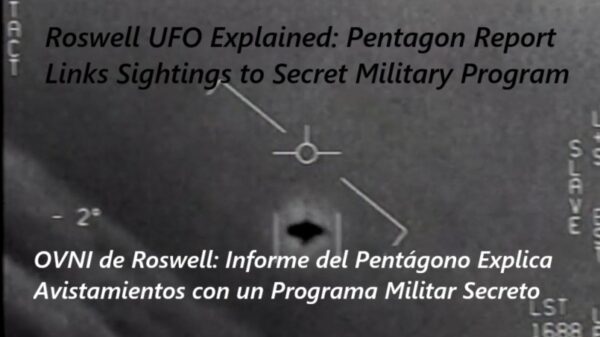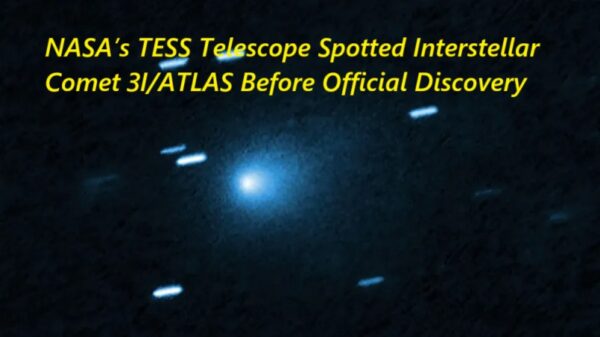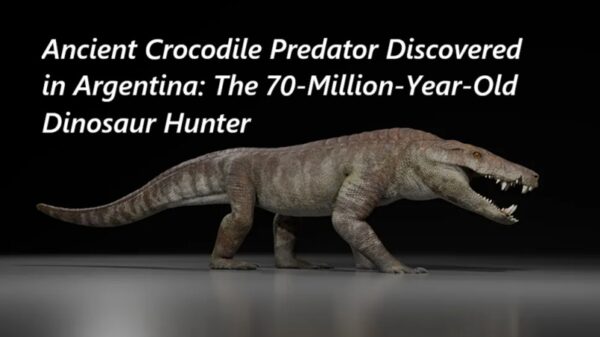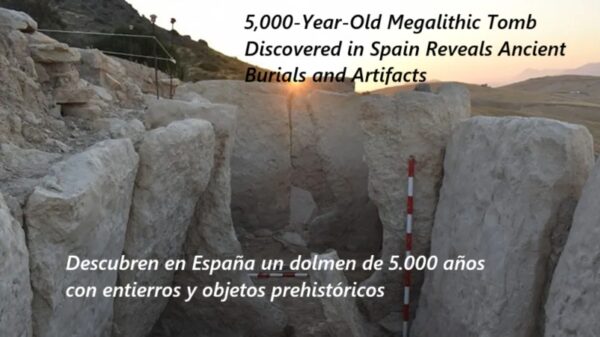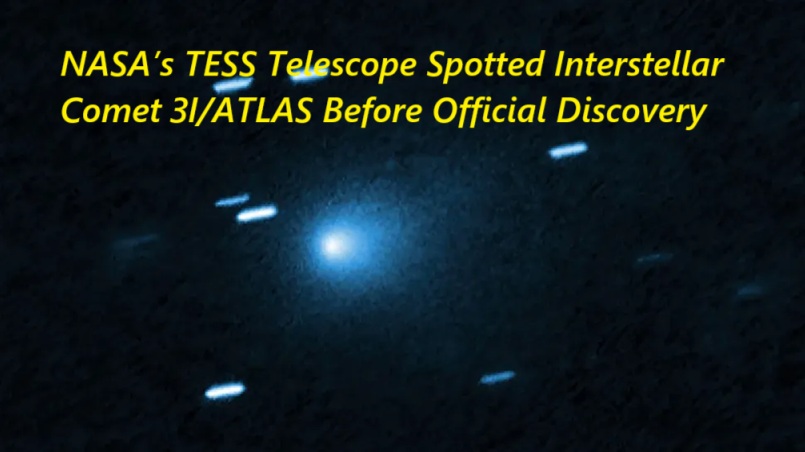NASA Telescope Detected Rare Interstellar Comet Months Before Discovery
In July 2025, astronomers officially announced the discovery of a rare visitor from outside our solar system — the comet 3I/ATLAS. But later research revealed that NASA’s space telescope TESS, designed to hunt for exoplanets, had already captured images of this comet two months earlier.
The comet was first spotted in May 2025, when TESS happened to be observing the same region of the sky. Normally, TESS focuses on bright stars and looks for tiny dips in their light caused by orbiting planets. Detecting a fast-moving, faint comet is not its main job. But thanks to advanced analysis techniques, researchers were able to find the comet in archived data.
To reveal its presence, scientists used a method called shift-stacking. They predicted where the comet should appear in each image, shifted the images accordingly, and then combined them. This revealed a faint but clear trace of the comet moving through space.
What surprised astronomers most was that the comet appeared to be very active — releasing gas and dust much farther from the Sun than most comets in our solar system. This activity is likely caused by hypervolatile materials like carbon dioxide and carbon monoxide, which evaporate at colder temperatures than water ice. Most local comets have already lost these materials, but this interstellar traveler still has them, offering clues about its very different origin.
Images from both Hubble and other telescopes confirmed the comet’s unusual brightness changes. Although some speculated about alien technology, scientists emphasize natural explanations: differences in chemical composition compared to comets born in our solar system.
Researchers also tried to determine whether the comet’s nucleus rotates, but the surrounding cloud of dust made it too difficult to measure. Still, studying this comet provides valuable information about what objects from other star systems might look like.
3I/ATLAS is only the third interstellar comet ever observed, and it is also the largest so far, about 7 miles (11 kilometers) wide. Scientists hope that continuing observations will reveal even more about its tail, its composition, and the history of icy bodies from other worlds.
Each interstellar visitor teaches us more about the diversity of planetary systems across the galaxy — and 3I/ATLAS is already reshaping what we thought we knew about comets.




